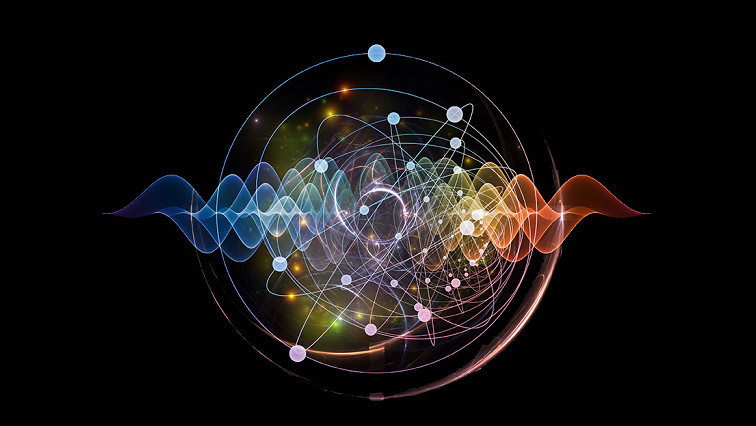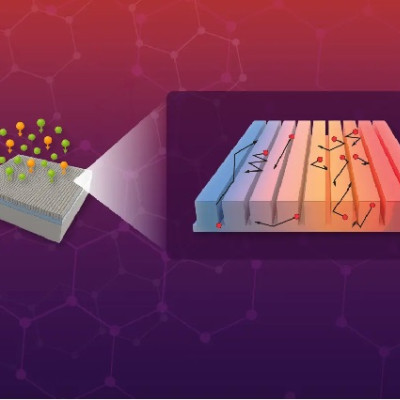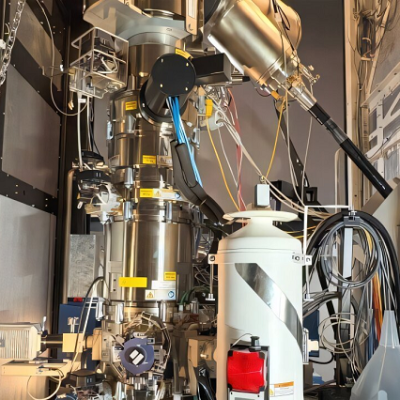The researchers observed terahertz emission signals from optically excited Ni|W|SiOx stacks that are consistently assigned to the ultrafast injection of currents of orbital angular momentum (OAM) from Ni into W and long-distance ballistic transport through W. Remarkably, they found strong indications for a dominant OAM-to-charge-current conversion at the W/SiOx interface (the so-called inverse orbital Rashba Edelstein effect) in both experiment and theory. This result can be considered as time-domain signature of the long-range nature of OAM currents and the IOREE in W.

Optically-triggered terahertz orbital angular momentum currents.
As illustrated by the figure above, upon ultrafast laser excitation of the Ni layer, an excess of the Ni magnetization arises, leading to an accumulation μL of OAM and the injection of an OAM current jL into the W layer. At the back surface, the IOREE generates an ultrafast in-plane charge current jC that emits a terahertz electromagnetic pulse with electric-field amplitude E.
This study highlights the power of broadband terahertz emission spectroscopy in disentangling the transport of OAM and spin angular momentum (SAM) as well as Hall-like and Rashba–Edelstein-like conversion processes based on their different dynamics. Seifert and coworkers find that Py versus Ni are, respectively, attractive SAM and OAM sources, whereas Pt versus W are, respectively, good SAM-to-charge and OAM-to-charge converters with distinctly different efficiency and dynamics for SAM versus OAM.
These results are a significant step toward the identification of ideal sources and detectors of either SAM or OAM currents, which will strongly benefit from accurate theoretical predictions.
Read the original article on Freie Universität Berlin.







